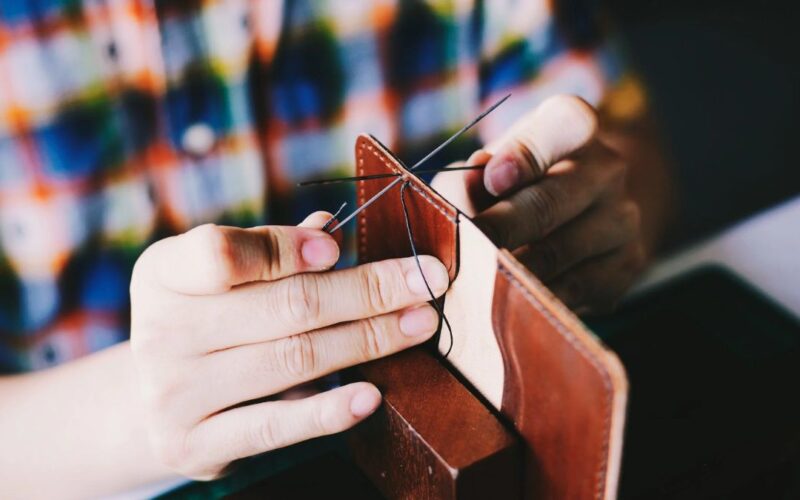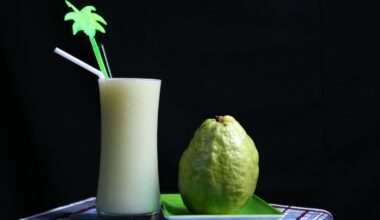Leather, a material with a rich history and diverse applications, has been prized for its durability, flexibility, and aesthetic appeal for centuries. Its unique properties and versatility make it an enduring favorite in various industries and crafts.
Natural Origins
Leather is derived from animal hides or skins, often sourced from cattle, sheep, goats, pigs, and exotic animals like crocodiles or snakes. The tanning process transforms these raw hides into a durable material.
Tanning Process
Tanning is the crucial process that converts raw hides into leather. Various methods exist, including vegetable tanning, which uses natural tannins from plants, and chrome tanning, which uses chromium salts for a faster process.
Historical Significance
Leather has a rich historical legacy, dating back thousands of years. It was used by ancient civilizations for clothing, footwear, shelter, and even as a writing material, showcasing its versatility.
Durability and Strength
One of the most notable qualities of leather is its durability. High-quality leather goods can last for decades, with proper care, thanks to its strength and resistance to wear and tear.
Varied Uses
Leather finds applications across numerous industries. From fashion and accessories like shoes, handbags, and jackets to upholstery, furniture, automotive interiors, and even bookbinding, its uses are diverse.
Sustainable Practices
While leather is a natural material, concerns about its environmental impact exist. Efforts are underway in the industry to adopt more sustainable practices, including reducing water usage and exploring alternative tanning methods.
Craftsmanship and Artistry
Working with leather requires skill and craftsmanship. Artisans use techniques like cutting, stitching, and tooling to create intricate designs and products that showcase the beauty and versatility of leather.
Patina and Aging
As leather ages, it develops a unique patina, gaining character and depth. This natural aging process is often appreciated in leather goods, adding to their charm and value.
Synthetic Alternatives
While traditional leather remains popular, synthetic alternatives like faux leather or vegan leather have gained traction. These materials attempt to replicate the look and feel of leather without using animal hides.
Fashion Industry Influence
Leather has a significant presence in the fashion industry. Its association with luxury, durability, and timeless appeal has led to its use in high-end designer creations and everyday fashion staples.
Leather stands as a testament to the enduring appeal of natural materials. Its history, versatility, and inherent qualities have ensured its relevance across diverse industries and crafts. As the industry continues to evolve, a focus on sustainability and innovation promises to shape the future of leather, ensuring its continued place in our lives while addressing environmental concerns. Whether in fashion, design, or everyday use, the allure of leather remains timeless.










